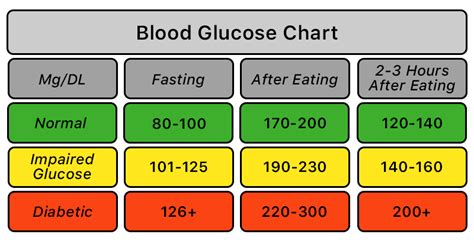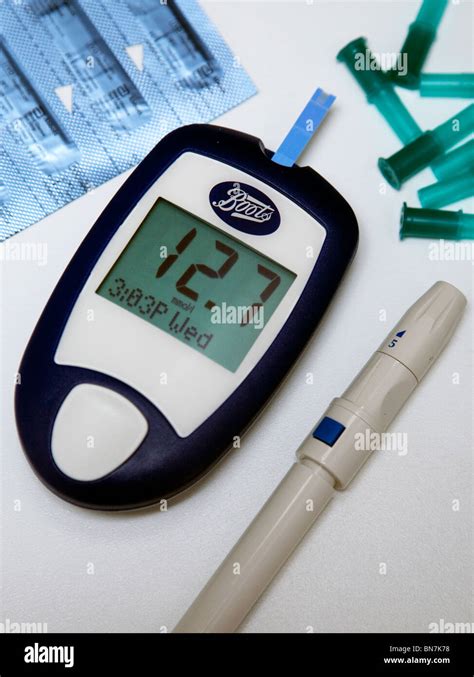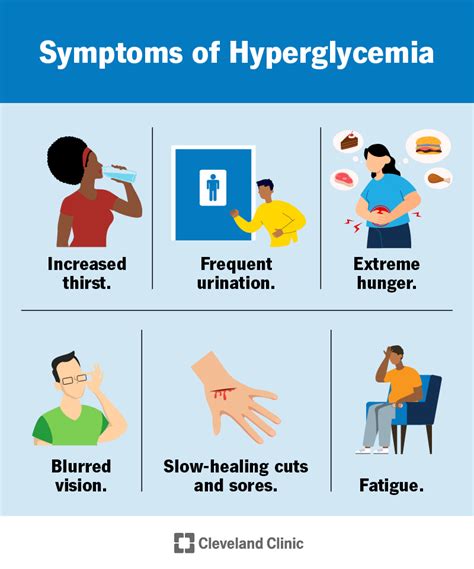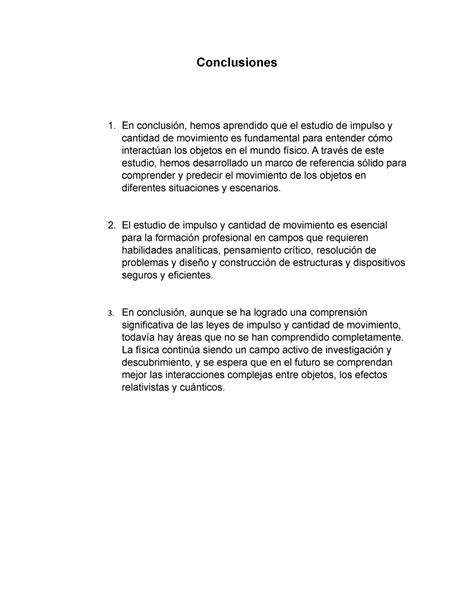Intro
Learn normal blood sugar numbers, including fasting and post-meal glucose levels, to manage diabetes and prediabetes, with healthy targets and ranges for optimal blood sugar control and monitoring.
Maintaining normal blood sugar levels is crucial for overall health and well-being. Blood sugar, also known as glucose, is the primary source of energy for the body's cells. When blood sugar levels are within a normal range, the body functions properly, and the risk of developing chronic diseases like diabetes is reduced. In this article, we will delve into the importance of normal blood sugar numbers, how they are measured, and what factors can influence them.
Normal blood sugar levels vary throughout the day, depending on factors such as diet, physical activity, and sleep. For individuals without diabetes, normal blood sugar levels are typically between 70 and 140 milligrams per deciliter (mg/dL). After eating, blood sugar levels may rise, but they should return to normal within a few hours. For people with diabetes, the goal is to keep blood sugar levels as close to normal as possible to prevent complications.
Understanding normal blood sugar numbers is essential for managing diabetes and preventing its complications. Diabetes is a chronic disease that affects the way the body processes glucose. When blood sugar levels are consistently high, it can lead to damage to organs and tissues, increasing the risk of heart disease, kidney disease, and nerve damage. By maintaining normal blood sugar levels, individuals with diabetes can reduce their risk of developing these complications and improve their overall quality of life.
What are Normal Blood Sugar Numbers?

Factors that Influence Blood Sugar Levels
Several factors can influence blood sugar levels, including: * Diet: The type and amount of carbohydrates consumed can affect blood sugar levels. * Physical activity: Regular exercise can help lower blood sugar levels. * Sleep: Lack of sleep or poor sleep quality can raise blood sugar levels. * Stress: Chronic stress can increase blood sugar levels. * Medications: Certain medications, such as steroids and some psychiatric medications, can raise blood sugar levels.How to Measure Blood Sugar Levels

Tips for Maintaining Normal Blood Sugar Levels
Maintaining normal blood sugar levels requires a combination of healthy lifestyle habits and, for people with diabetes, adherence to their treatment plan. Here are some tips for maintaining normal blood sugar levels: * Eat a balanced diet: Focus on whole, unprocessed foods like vegetables, fruits, whole grains, lean proteins, and healthy fats. * Stay hydrated: Drink plenty of water throughout the day to help regulate blood sugar levels. * Exercise regularly: Aim for at least 150 minutes of moderate-intensity aerobic exercise per week. * Get enough sleep: Aim for 7-8 hours of sleep per night to help regulate blood sugar levels. * Manage stress: Try stress-reducing techniques like meditation, yoga, or deep breathing exercises.Complications of High Blood Sugar Levels

Preventing Complications of High Blood Sugar Levels
Preventing complications of high blood sugar levels requires a combination of healthy lifestyle habits and, for people with diabetes, adherence to their treatment plan. Here are some tips for preventing complications: * Monitor blood sugar levels regularly: Use a glucose meter or CGM to track blood sugar levels and make adjustments to diet and treatment plan as needed. * Take medications as prescribed: For people with diabetes, taking medications as prescribed can help regulate blood sugar levels and prevent complications. * Attend regular check-ups: Regular check-ups with a healthcare provider can help identify potential complications early and prevent them from progressing.Treatment Options for High Blood Sugar Levels

Emerging Technologies for Managing Blood Sugar Levels
Several emerging technologies are being developed to help manage blood sugar levels, including: * Artificial pancreas: An artificial pancreas is a device that uses a CGM and insulin pump to automatically regulate blood sugar levels. * Bionic pancreas: A bionic pancreas is a device that uses a CGM and insulin pump to automatically regulate blood sugar levels, with the added feature of automatically adjusting insulin doses based on blood sugar patterns. * Smart insulin pens: Smart insulin pens are devices that track insulin doses and provide reminders and alerts to help people with diabetes stay on track with their treatment plan.Conclusion and Next Steps

We invite you to share your thoughts and experiences with managing blood sugar levels in the comments section below. If you found this article helpful, please share it with others who may benefit from this information.
What are normal blood sugar numbers for people without diabetes?
+Normal blood sugar numbers for people without diabetes are typically between 70 and 140 mg/dL.
How can I measure my blood sugar levels at home?
+You can measure your blood sugar levels at home using a glucose meter, which is a small device that uses a drop of blood to estimate blood sugar levels.
What are the complications of high blood sugar levels?
+High blood sugar levels can lead to a range of complications, including heart disease, kidney disease, nerve damage, blindness, and amputations.
